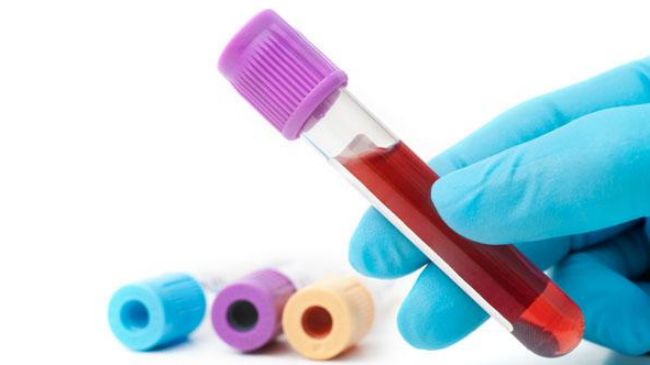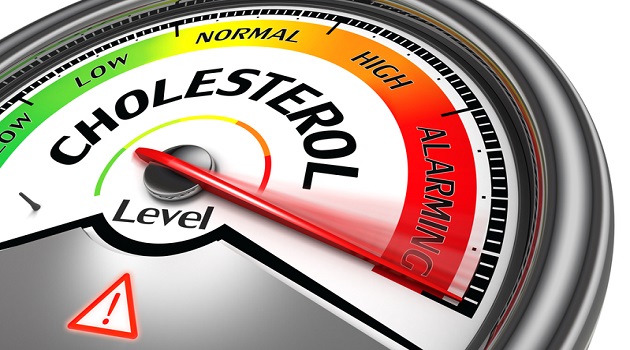
Researchers believe they may have a new way to test a woman’s risk for breast cancer, even if she doesn’t have an inherited genetic mutation.
The test looks not for mutations, but for changes to how DNA functions — in this case, the BRCA1 breast cancer gene.
It’s important because most cases of breast cancer are not caused by inherited DNA mutations. About 40 percent of breast cancer cases can be explained by genetic susceptibility, which leaves most to outside causes such as diet, exercise, smoking and alcohol use.
“Women who carry the signature are at particularly higher risk of developing breast cancer in the future,” said Martin Widschwendter at University College London, who led the study.
The researchers looked for changes made by a process called methylation, which can step up or down a gene’s function.
BRCA1 brakes cell growth, stopping the out-of-control proliferation that turns a healthy cell into a tumor.
Widschwendter and colleagues tested blood from women with and without BRCA1 mutations before they ever developed breast cancer. Both groups had similar changes in the DNA methylation, they report in the journal Genome Research.
“It was able to predict breast cancer risk several years before diagnosis,” Widschwendter said. The changes may be caused by factors that raise breast cancer risk, such as obesity and drinking too much alcohol, he says.
The researchers tested their “signature” in three different groups of women and found it could consistently predict who would develop cancer five to 12 years later.
“I think this is a productive direction,” says Dr. Jeffrey Weitzel, director for clinical cancer genetics at the City of Hope Cancer Center in Duarte, California.
Breast cancer is the most common cancer affecting women. It will be diagnosed in more than 200,000 U.S. women this year and will kill 40,000.
There’s a debate over how best to prevent it and who benefits most from screening. Right now, women get conflicting advice on when to get mammograms — starting at age 40 or age 50, depending on who’s talking. And there’s disagreement over how often women should get one — once a year, every other year or even every three years.
A simple test that could show who’s at the highest risk of the most dangerous types of breast cancer could help women decide. “A test could help us tailor screening and risk reduction for women,” said Weitzel. For instance, recent research suggested that women with the very highest risk should remove their ovaries.
“We know that we can change risk,” Weitzel said.
Women at high risk can also take tamoxifen to reduce that risk and those at the very highest risk can consider having mastectomies to reduce — but not eliminate — the likelihood that they will get breast cancer. “Most of us think the absolute risk should be 50 percent or more before you offer surgical removal,” said Weitzel.
The test is far from ready for prime time. Right now it’s not terribly accurate, says Widschwendter. It was only tried in a few women. And the team tested blood. It might be better to test cervical cells, perhaps as a test alongside the regular Pap smear that many women get, because these cells respond to the same hormones associated with most cases of breast cancer.
Researchers are still working to understand all the underlying causes of breast cancer. Just this month, another team discovered that women with many moles also had a slightly higher-than-usual breast cancer risk.
More than 75 different genes are linked with breast cancer risk. BRCA1 and BRCA2 are the best known.
Source: NBC news




